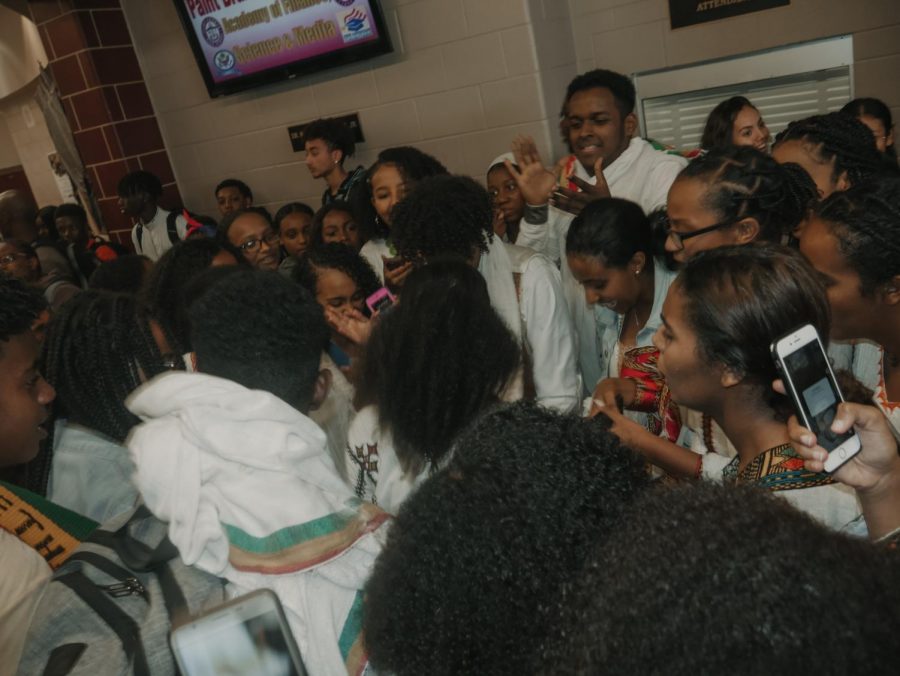Good Grades or Good Health? It Shouldn’t be One or the Other
January 12, 2021
It was 2 am and I was working my hardest to finish an assignment for one of my classes. My head was throbbing and my whole body was aching due to my fever, but I was willing to disregard any feelings of discomfort because I had so many more assignments to complete and if I could just finish this one then at least I would feel good that I had gotten something done.
My body was telling me to sleep but my mind was telling me to keep going. I didn’t care about how I would feel the next day or how much worse my fever would get. In the end, my body won and I fell asleep without finishing my assignment. When I woke up the next morning, I cringed at the sight of my computer still beside me; a reminder that I had yet to finish the work I was putting so much effort into. It made my head throb just thinking about the hours I’d have to spend to not only finish that one assignment, but also the ones I hadn’t gotten to.
Many students can understand this situation because almost every student has been in this position. Students sacrifice their own health and well-being for the sake of school. With schools now virtual, this feeling of sacrifice for the sake of school is amplified because of the high amount of work that has to be done outside of class. The fear of falling behind overshadows our ability to take care of ourselves properly, and we internalize the feeling that school should be prioritized over ourselves. This is especially harmful during a pandemic where our health is what we should care about the most. Students should not have to choose between keeping up good grades or their health.
Usually when a student is sick and misses a day of school in-person, they’re given some extra time to catch up and turn in work. With virtual learning however, it’s more difficult to ask teachers for extensions since direct communication is limited. In our traditional school setting, a student could perhaps visit a teacher during the lunch break or in the morning before class begins to ask what they missed and receive one-on-one support. Now, students must either find a way to contact their teacher during specific times such as office hours or find what work they have to do online and try to figure it out on their own.
In my case, I was reluctant to go to office hours because I used that day off from classes to rest and didn’t want to stare into a computer screen for any longer. It also felt awkward to ask my teachers for any extensions because I assumed most of my teachers wouldn’t allow me to have one so I didn’t even bother asking. Even if I did ask, and they denied the extension, I felt as though that would leave a bad impression on what little my teachers already know of me. This is a fault on my part, but I think that it represents how a lot of students feel. The truth is, students don’t feel entirely comfortable asking for or getting help in a virtual environment, which means that they don’t get the help they need.
Why does virtual learning make students feel this way? The answer is because of the disconnect between teachers and students. Students aren’t as comfortable talking to teachers and feel awkward interacting online, which is in no way the teacher’s fault. It is just harder to build connections through a screen. This leads to students being less likely to voluntarily interact with teachers outside of class, especially on camera. More often than not, they feel more comfortable texting or emailing but teachers are swamped with their own work so their response may not be a quick one. Virtual learning is new to a majority of schools so of course, there are still many issues that schools are trying to address. However, the reality is that students’ unwillingness to reach out to their teachers during this time and the inefficiency of the school system to address students’ needs both contribute to the issue of school work taking over students’ lives in a detrimental way.












































